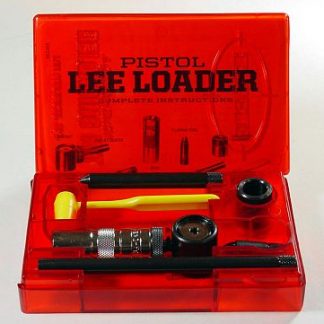A side note about 9mm brass:
If you like picking it up at the range, be aware that a fair number of competition shooters are loading 9mm to 357 magnum power factors. If you pick one up it may have already exceeded its usefull life and, even though it looks good, it may blow the next time it is fired. The shooters leave them behind because they are not worth picking up after just one firing. They look good, come from match chambers, may not be buldged, primer holes are usually a little loose.
Several of the policemen I shoot with, run these guns and practice at the police range-- those cases end up mixed with the once fired brass.
So, you just can't be too carefull. I generally only load 9mm on the light side as a safety precaution, unless it is my own once fired brass.
If you like picking it up at the range, be aware that a fair number of competition shooters are loading 9mm to 357 magnum power factors. If you pick one up it may have already exceeded its usefull life and, even though it looks good, it may blow the next time it is fired. The shooters leave them behind because they are not worth picking up after just one firing. They look good, come from match chambers, may not be buldged, primer holes are usually a little loose.
Several of the policemen I shoot with, run these guns and practice at the police range-- those cases end up mixed with the once fired brass.
So, you just can't be too carefull. I generally only load 9mm on the light side as a safety precaution, unless it is my own once fired brass.




